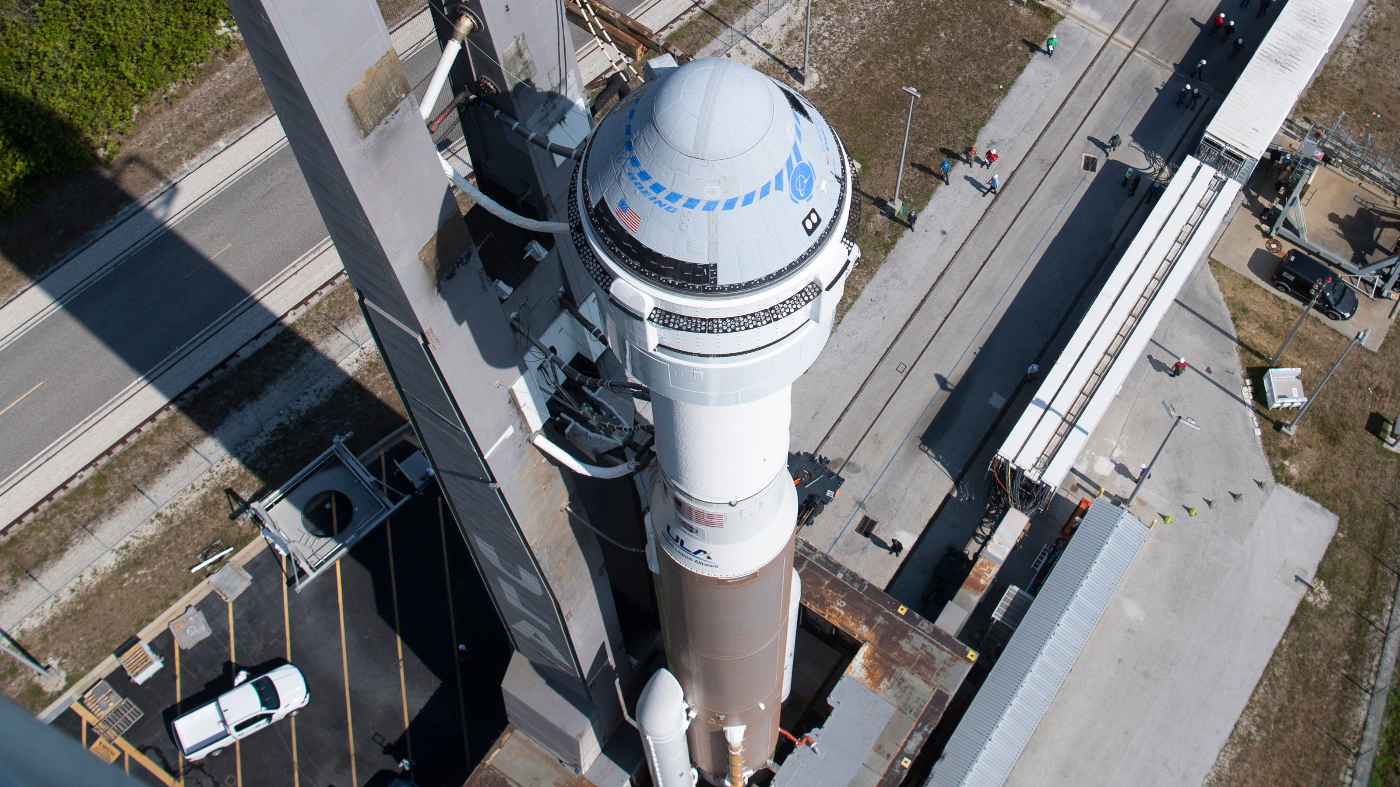
NASA is at a pivotal point with its Commercial Crew Program, deciding whether to continue with Boeing’s Starliner or pivot to SpaceX for astronaut return missions.
The Starliner has faced technical difficulties, extending its mission duration and raising concerns about its reliability for safe astronaut return.
NASA is considering three scenarios for the Starliner’s return, amidst debates on the spacecraft’s safety and the potential involvement of NASA’s chief in the decision-making process.
NASA is at a critical juncture with its Commercial Crew Program, deliberating whether to proceed with Boeing’s Starliner (NYSE:BA) spacecraft for astronaut return missions or to pivot to SpaceX as an alternative. This decision is pivotal as it directly impacts the schedule and execution of NASA’s forthcoming crew missions. The Starliner, also known as “Calypso,” has been orbiting for 64 days, a period extended beyond its initial mission duration due to technical difficulties with its thrusters, which have failed during docking attempts.
The urgency of resolving the Starliner’s issues is underscored by Steve Stich, the NASA Commercial Crew program manager. He emphasized the importance of determining the spacecraft’s return strategy by mid-August, a deadline influenced by the postponement of SpaceX’s Crew-9 mission to September 24. This delay grants NASA additional time to address the Starliner’s challenges, highlighting the interconnectedness of NASA’s crewed missions and the reliance on both Boeing and SpaceX for their execution.
Concerns about the Starliner’s reliability have been voiced by NASA officials, including Associate Administrator Ken Bowersox. The potential for further thruster failures poses a “fairly broad” range of risks, complicating the decision-making process for the spacecraft’s return. NASA is contemplating three scenarios: proceeding with the Starliner’s return with astronauts aboard, sending the Starliner back empty while adjusting the Crew-9 mission’s crew composition, or opting for SpaceX’s Dragon spacecraft to return the astronauts, which would be a first for SpaceX in terms of passenger capacity.
Boeing’s attempts to reassure NASA of the Starliner’s safety through thruster testing have met with skepticism due to the inconclusive nature of the test results. This ongoing debate within NASA about the Starliner’s viability for safe astronaut return may necessitate a decision from the top, potentially involving NASA’s chief, Administrator Bill Nelson, should a consensus not be reached within the agency. This situation underscores the complexities and challenges of space travel, as well as the critical role of reliable spacecraft in ensuring the safety and success of human spaceflight missions.

